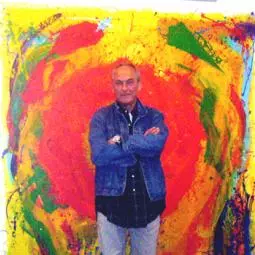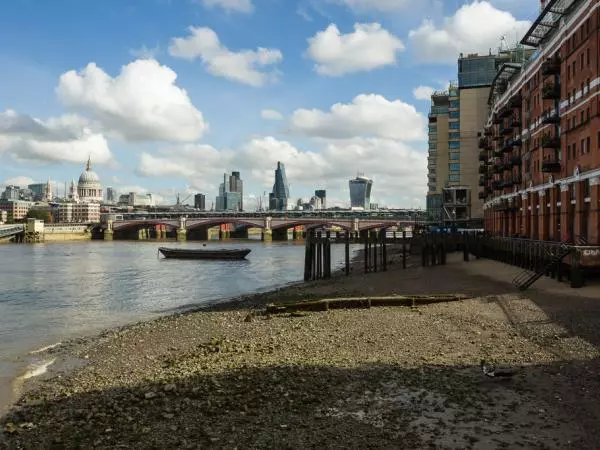Biografia
It is too easy to say that a training in the figurative
provides a solid basis and stimulation for the abstract. In my case that is only part of the truth. My recent painting also draws its inspiration from other sources such as music, but above all my work in the theatre. Over twenty years of directing, designing and writing for the stage have had a profound impact on the way I understand images. In a sense, my dedication to acrylic abstraction on canvas or board has allowed me the freedom to
express more intensely some of the ideas and emotions I convey in the theatre. It is as if I were directing the shapes and colours to enable them to stage an
experience. In this context, every gesture finds its place in the creation of depth and movement, not just in relation to the whole piece, but also in the connection
established with the viewer. My smaller works in box frames make these relationships more palpable.
Members of the audience should be engaged, even if they don’t agree with each other. My hope is that the intensity of the encounter is not quickly forgotten. During my training I became disillusioned with people admiring what they could recognize in my paintings (‘What a nice apple!’) instead of using their imagination to realize that the form is far more than a window through which to see the content. And so my swirls, dabs and drips (with the occasional use of collage and ink), strain for a different kind of life, beyond the human face which may be their subconscious point of origin.
It is what I call Figurative Abstraction.
He has painting in collections in USA, Canada, Belguim and the UK.
He recently directed and designed the Time Out Critics’ Choice production of Greg Freeman’s NOR00;PICNIC at the Tabard Theatre, London.
 Share / Save
Share / Save





